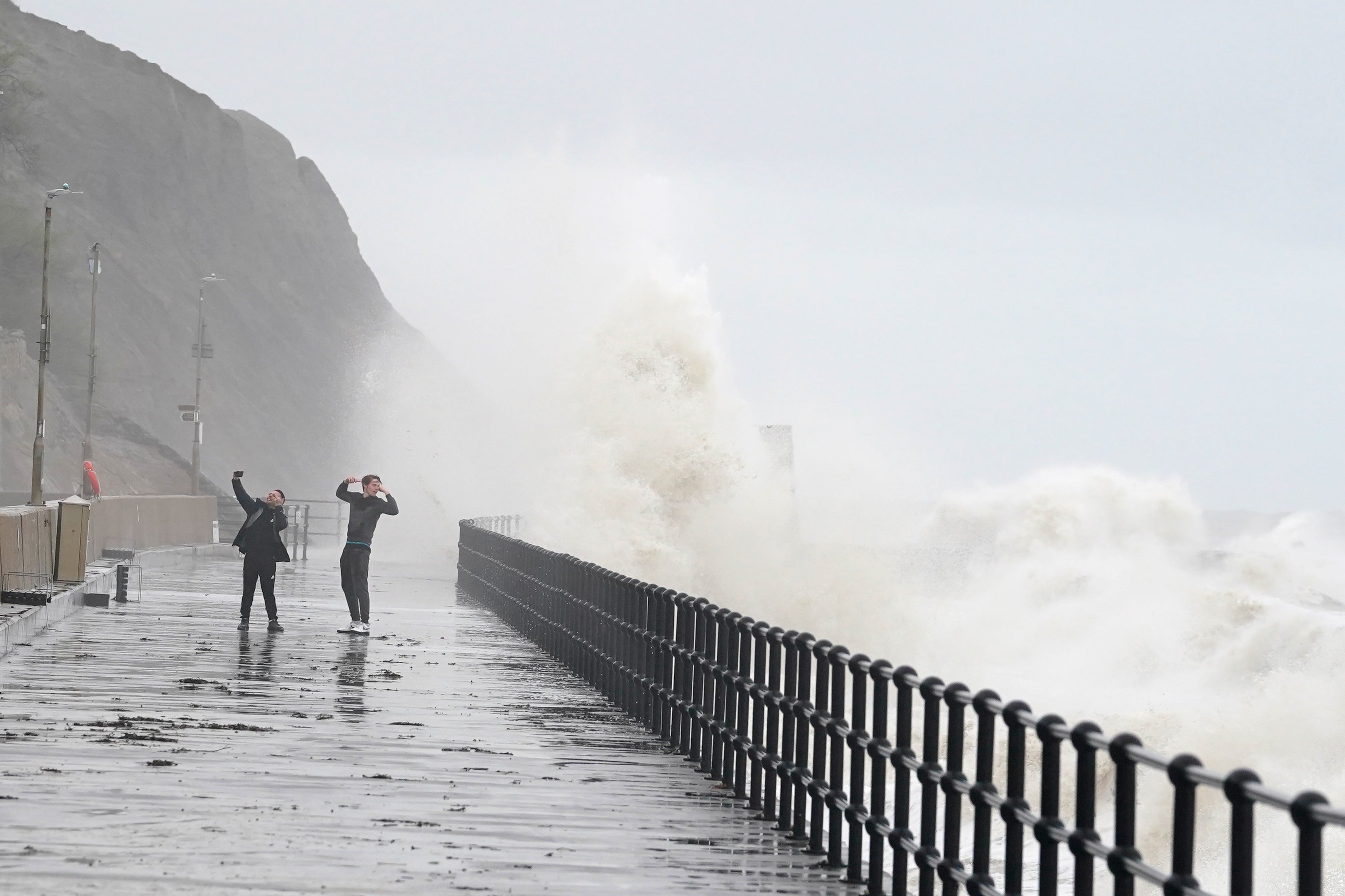Britain facing more hot and wets days thanks to the climate crisis, Met Office says
The new analysis shows the UK is seeing, on average, more frequent periods of hot weather and an increase in extreme rainfall

Your support helps us to tell the story
From reproductive rights to climate change to Big Tech, The Independent is on the ground when the story is developing. Whether it's investigating the financials of Elon Musk's pro-Trump PAC or producing our latest documentary, 'The A Word', which shines a light on the American women fighting for reproductive rights, we know how important it is to parse out the facts from the messaging.
At such a critical moment in US history, we need reporters on the ground. Your donation allows us to keep sending journalists to speak to both sides of the story.
The Independent is trusted by Americans across the entire political spectrum. And unlike many other quality news outlets, we choose not to lock Americans out of our reporting and analysis with paywalls. We believe quality journalism should be available to everyone, paid for by those who can afford it.
Your support makes all the difference.The climate crisis is significantly increasing the frequency of extreme high temperatures across the country, an analysis from the Met office has found.
The latest annual report on the state of Britain’s climate looks at temperatures, rainfall and storms, as well as seasonal changes such as trees coming into leaf.
The report says that London and Hampshire recorded an average of six or more days a year above 28C during the period from1961-1990. But in the latest decade, 2014 to 2023, much of England and Wales hit this temperature threshold, with several southeast counties seeing 12 days or more at this heat..
The report also suggests there has been an increase in the number of really wet days too.
Researchers focused on how individual high-impact weather events are increasing in frequency and intensity. The report highlights extreme weather events that hit the UK last year, including the warmest June ever, a lengthy September heatwave and storm Babet, which caused widespread disruption, flooding and several deaths in October.
The new analysis shows the UK is seeing, on average, more frequent periods of hot weather and an increase in extreme rainfall, bringing challenges for infrastructure, health and wellbeing. The report also highlights that the UK is has seen a 40 per cent increase in the number of what the Met Office describes as “pleasant” days - those with temperatures of 20C or more.

Meanwhile, the number of “very hot” days that surpass 30C have more than trebled in the UK from 2014 to 2023,, compared with the period 1961-1990.
Taking the top 5 per cent of the wettest days from 1961 to 1990, the period from 2014 to 2023 saw a 20 per cent increase in such extremely damp days. Last year was the seventh wettest on record but also saw the wettest second half of a year ever.
Storm seasons have also been significantly more active with seven named storms, Agnes to Gerrit, from September to December.
Mike Kendon, lead author and Met Office climate scientist, said: “Our new analysis of these observations really shines a light on the fastest-changing aspects of our weather as a consequence of climate change.
“Long-term averages can be difficult for people to relate to, but what we are showing here is the notable change in frequencies of extreme weather that can have a real impact on people’s lives.”
He also noted here has been a “complete collapse” in record-breaking cold months.
On the other hand, 2014-2023 was found to be the UK’s warmest decade on record and included six of the top 10 warmest years, and was 1.25C warmer than the 1961-1990 average.
Mr Kendon said 2023 “will be a fairly average year by the middle of the century and actually a fairly cool year by the end of the century”.
Additional reporting by PA
Join our commenting forum
Join thought-provoking conversations, follow other Independent readers and see their replies
Comments